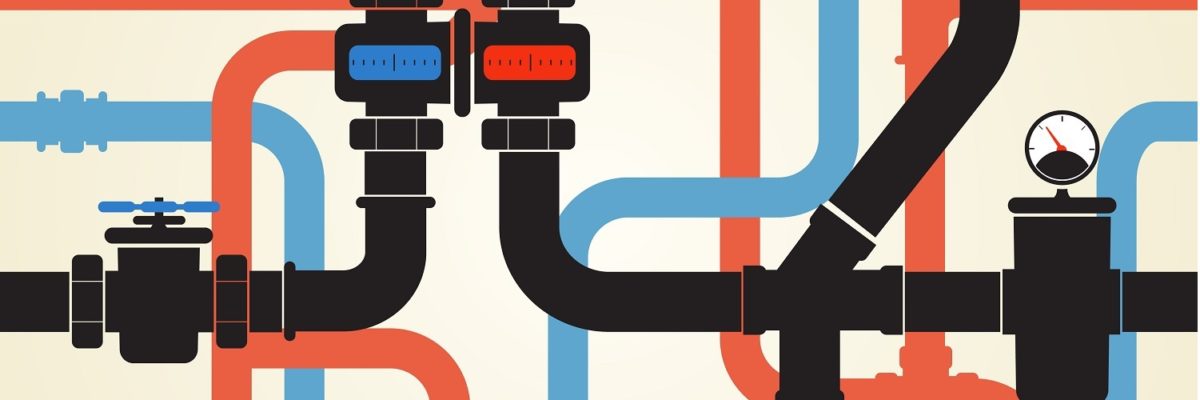Heat pump technology is elegant in its simplicity. By harnessing the ambient heat from the air or ground, we can use it to efficiently heat and cool buildings. Heating spaces and water in homes and buildings account for over one third of Toronto’s greenhouse gas emissions, mostly from natural gas-burning furnaces and boilers. Achieving Toronto’s 2050 climate targets will require transitioning from natural gas to cleaner technologies, which has motivated TAF to explore the performance of heat pumps.
One challenge slowing market adoption of the technology is the growing variety of heat pump technologies without enough real world performance data. With that in mind, TAF commissioned a team of graduate students from the Masters in Environment and Sustainability program at Western University to conduct a global heat pump technology performance review. The student consulting team, E2S, analyzed global case studies and trials of heat pump technology deployed in commercial and residential buildings. The report identified the tremendous opportunity for heat pumps to assist in reducing GHG emissions, but also significant variability in real-word performance. The review focused on five key criteria including:
- Energy Performance
- Cost Analysis
- Ease of Retrofit
- Environmental Performance
- Applicability for Toronto Climate
Of particular interest to TAF was the report’s identification of electric baseboard systems replacement in multi-unit residential buildings (MURBs) as one of the most viable short-term options for widespread heat pump implementation. Electrically heated MURBs are an excellent target area because the relatively high cost of electricity improves the business case for upgrading to heat pumps. Furthermore, increasing electricity rates are negatively impacting low-income residents in these buildings. Conversion from baseboard electric heating to heat pumps can reduce heating costs and emissions by 50-75%, while also providing cost effective air conditioning. That is a crucial consideration as mounting evidence foretelling of increases in summer temperatures due to climate change makes it likely that air conditioning demand will also increase in the province. Such an increase will exacerbate issues of grid strain, shocks from price volatility, and increasing GHG emissions due to heightened need to meet growing peak demand.
The report found that all forms of heat pumps have their advantages and disadvantages depending on implementation context. Not all heat pumps reviewed will necessarily work in every urban setting. Therefore, each retrofit project requires analysis of its unique circumstances such as climate factors, resource availability, space constraints, budgetary limitations, energy demand, and building characteristics including the type of existing heating/cooling systems. Some of the key takeaways from the report are as follows:
- Ground Source Heat Pumps (AKA geothermal) have the highest operating efficiency but also the highest installation costs.
- Mini Split Heat Pumps, a form of air source heat pumps, were recognized as one of the most ideal solutions for MURB retrofits due to the availability of flexible sizing options, lack of need for duct work, relatively low installation costs, and proven performance in cold climates.
- Gas Absorption Heat Pumps (GAHP), which can be either air-or-water-source, can offer lower operating costs than electric heat pumps due to the low cost of natural gas, but also have lower operating efficiency.
One crucial theme that was prevalent through the report was that heat pump technologies were not mature and as such there was a definite lack of pertinent data regarding costing, efficiency, capacity, and life cycle costs. With multiple literature gaps acknowledged as areas for further research, and the identified benefits of pursuing widespread implementation of heat pump systems, TAF will continue to support further research and demonstration efforts in this area.
Our thanks to the E2S graduate student team for their excellent work: Meghavi Patel, Jacky Tran, Amanda McKenzie, and Tony Sferrazza.
Posted with writing and research assistance from Devon Calder

